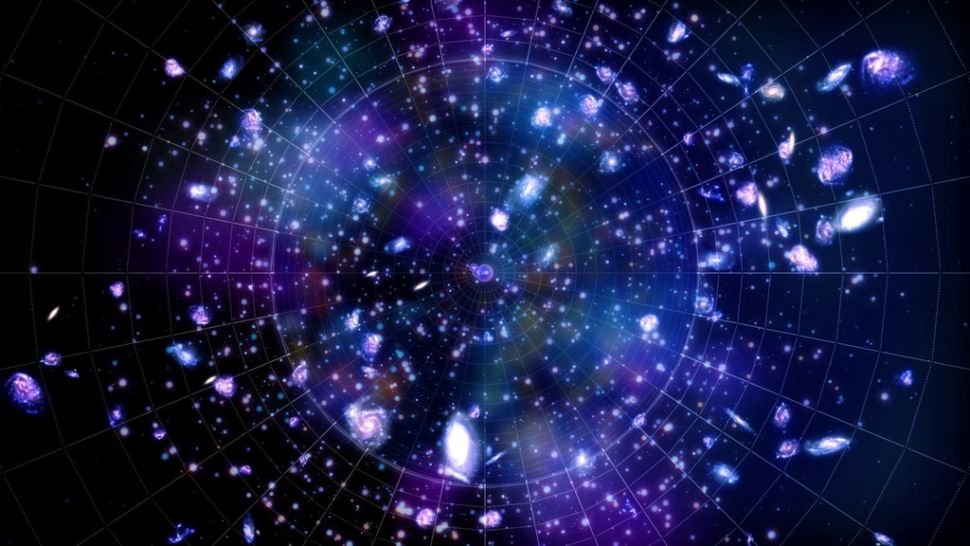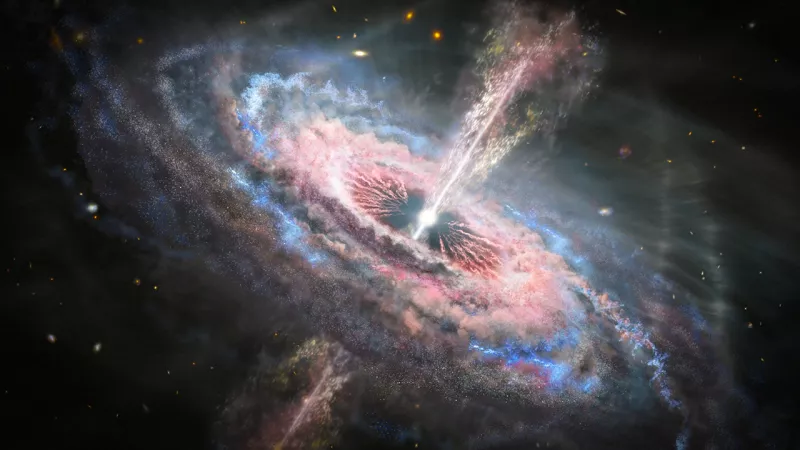The role of brilliant objects known as quasars in early galaxy evolution will be examined in some of the James Webb Space Telescope’s inaugural scientific missions. Quasars are far-off objects propelled by black holes a billion times the mass of our sun. They may emit energy in the billions of electron volts range, greatly exceeding the aggregate output of all the stars in a regular galaxy.
We will examine what role quasars play in galaxy evolution during these early periods, Webb officials declared in a statement in 2021. The researchers will also explore the gas in the space between galaxies in the early universe using quasars.
Read: If the Universe is finite, what is beyond it?

Webb’s deep space position, along with its amazing sensitivity to low light levels and outstanding resolution, will enable scientists to do the most exhaustive study yet of these elusive objects, which have only been known to science for nearly half a century. After Webb’s commissioning phase finishes this summer, the telescope will be deployed to a variety of quasar projects.
Webb, for example, will analyze six of the most distant and luminous quasars in order to locate them in the galactic history chronology. Quasars will be used to analyze the distribution of gas between galaxies.
Scientists are interested in understanding more about the age of reionization, which is a time of reionization. This epoch happened 13 billion years ago, or less than a billion years after the formation of the universe.
Galaxies at the time were generally opaque to bright light, making them impossible to view. The team will explore the gas between us and the quasar using quasars as background light sources,
“Webb officials stated of the telescope’s strategy of probing the opaque zones.” At exact wavelengths, that gas absorbs the quasar’s energy. They’ll hunt for absorption lines in the intervening gas using a procedure called imaging spectroscopy.
Also read: Do you know Why is 95% of the universe invisible?
How JWST will capture Quasar and study Galaxies around Quasar?

In order to analyze the occurrences, the telescope’s extraordinary sensitivity to low light and superb angular resolution will be put to the test.
According to astronomers, the Webb telescope is literally peeking back in time when it stares deep into the cosmos.
Because quasars are so far away, their light took billions of years to reach Earth when the cosmos was still young. According to Slash Gear, the researchers will be looking at material from a long time ago, not right now. All of the quasars analyzed by the scientists were identified when the universe was less than 800 million years old, or less than 6 percent of its current age.
Researchers will be able to examine galaxy birth and evolution, as well as supermassive black hole origin and evolution, from the early beginnings of the cosmos.
Lots more information about JWST
Six quasars will be examined by NASA’s James Webb Space Telescope
The James Webb Space Telescope will be targeted at six of the brightest and farthest quasars known.
- Researchers will have to utilize data from the telescope to examine the properties of quasars and their host galaxies in order to figure out how quasars and their host galaxies are connected during the early phases of galactic evolution.
- The quasars will also be used to examine gas in interstellar space, especially during the cosmic reionization period, which began when the universe was very young and finished when the cosmos was very young.
- Scientists are interested in the era of reionization, which is a period of reionization, according to Space.com. This period began 13 billion years ago, or less than a billion years after the beginning of the universe.
